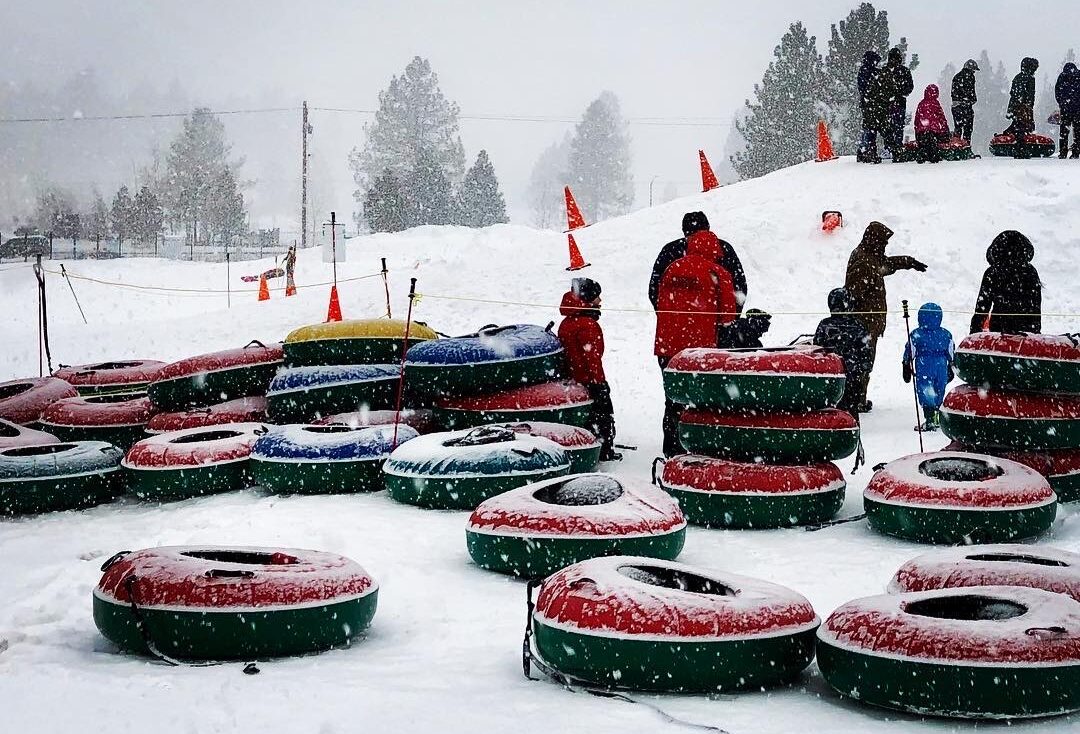How to prepare for a day with tahoe snowmobiles and tubing

The outdoors can be very unpredictable when it comes to weather. This is particularly evident in mountainous regions like Lake Tahoe. One minute you are freezing in a blizzard the next you may find yourself getting scorched by the sun. This is why it is crucial to bring layers of clothing to adapt to most situations. Here are some basics on the types of layers and gear you want to bring.
Layers:
The First Layer you will put on is called a Baselayer, Thermal Layer, or Moisture-Wicking Layer.
